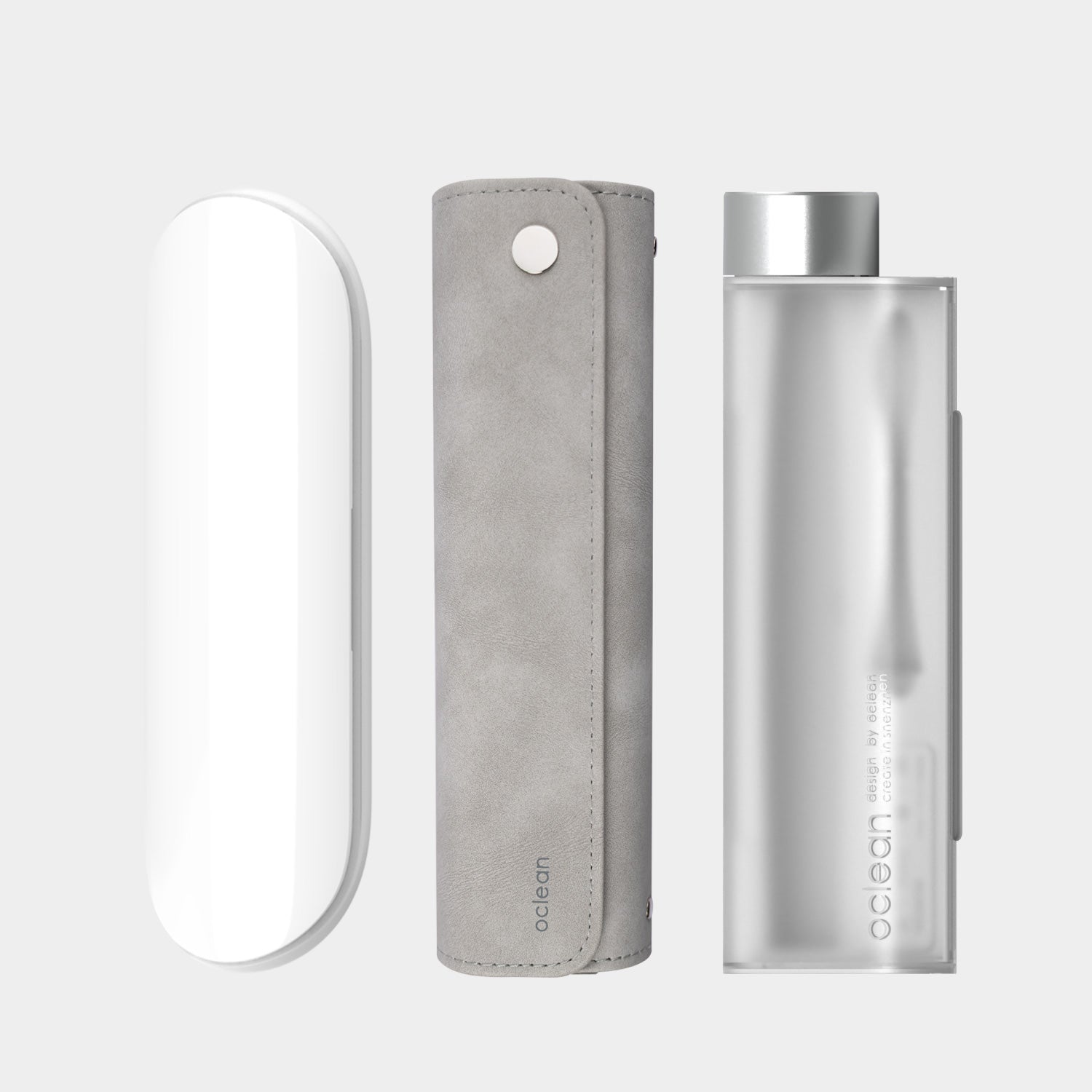Wisdom Tooth Extraction: When to Start Eating Again and More
When can I eat again after wisdom tooth removal? What is considered safe to eat after my tooth has been extracted? Will I be able to talk normally again?
These questions are commonly asked after the extraction of wisdom teeth. As soon as the wisdom tooth is removed, the dentist thoroughly cleans the remaining socket, places cotton on the site, and gives you a list of instructions regarding future care. It is mandatory to follow these instructions to avoid potential complications. However, many fail to educate themselves about proper care and restrictions to be followed.
Let’s explore some of the fundamental guidelines and answer the questions that patients often have after the procedure.
What to expect after the extraction
Provided the anesthesia used was effective, patients do not experience pain during teeth removal. However, mild discomfort, pain, swelling, and possible mouth opening difficulties can be expected once the anesthesia has died down. Dentists may also stitch the site to optimize healing time and control bleeding. Understanding that these effects are expected to occur and die down in a few days is essential.
Post-extraction care
Following the extraction, patients should strictly follow post-extraction care which includes the following:
1. Placing pressure to control bleeding: Keeping the mouth firmly closed adds pressure to the extraction site, which aids in reducing the duration of bleeding.
2. Avoid strenuous exercise.
3. Abstain from the consumption of alcohol and smoking as this could adversely affect the healing process.
4. Refrain from using straws during the healing period.
5. Switching to a soft, semi-solid diet.
6. Maintaining regular oral hygiene practices, including continuing tooth brushing habits and water flossers as indicated by the dentist.
7. Attending follow-up visits to the dentist to evaluate the healing process.
Eating after an extraction
It is crucial to continue a healthy diet to enable the extraction site to heal properly. Patients are usually instructed to avoid hot food and to have ice cream after 30 to 45 minutes have passed since the extraction. The American Dental Association recommends switching to a soft, liquid, and nutritious diet for a few days. Chewing should primarily be done on the opposite side of the extraction.
What to eat after wisdom teeth removal
A soft, liquid, and nutritious diet may include:
1. Yogurt
2. Ice cream
3. Smoothies
4. Mashed potatoes
5. Soft fish
6. Oatmeal
What not to eat or consume
1. Nuts
2. Smoking
3. Alcohol
4. Hot soup, tea, or coffee
5. Spicy food
How to maintain good oral hygiene following an extraction?
Patients who remove their teeth often wonder, “When can I continue to brush and floss my teeth?”
It is vital to continue to protect the remaining teeth following an extraction. Regular brushing habits can resume the same night. Typically, patients are advised to brush with care around the extraction site. Patients should rinse their mouth gently with lukewarm saltwater, with extra care to avoid the dislodgement of the formed blood clot in the area.
Patients who suffer from heavy plaque accumulation, or require extra aid in maintaining the rest of the teeth in good health, may further benefit from using Oclean’s water flosser after the healing period has passed. A dental water flosser uses a stream of water to cleanse areas between the teeth. This significantly reduces the present bacterial load and is essential for preventing infection.
What happens if you do not follow instructions?
Patients have little to worry about as long as post-operative instructions are followed. However, if some instructions have been overlooked, the following complications can be expected:
1. Prolonged bleeding: failure to provide sufficient pressure or follow diet recommendations can lead to continuous and troublesome bleeding episodes.
2. Infection: failure to properly care for the extraction socket can allow pesky oral bacteria to infect the surgical site.
3. Dry socket: one of the most common complications, also known as alveolar osteitis, may arise from the failure of the blood clot to form or if the formed blood clot is dislodged from the socket. This complication is highly painful and a source of great distress.
Let’s summarize
Wisdom tooth extraction is a general surgical procedure, with its complications thoroughly documented and after-care extensively studied. Individuals can ensure a smooth experience by following instructions and utilizing many available tools to maintain good oral hygiene.
Related Readings:
Can You Bring an Electric Toothbrush on a Plane
How Many Calories Are in Toothpaste
What Happens if You Swallow Toothpaste
Are Charcoal Toothbrushes Safe














































































